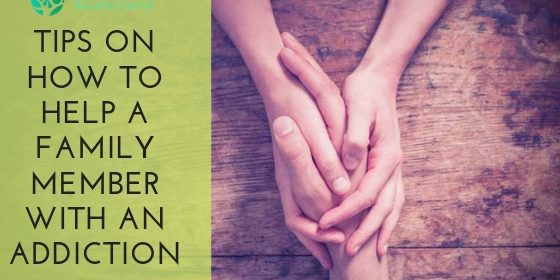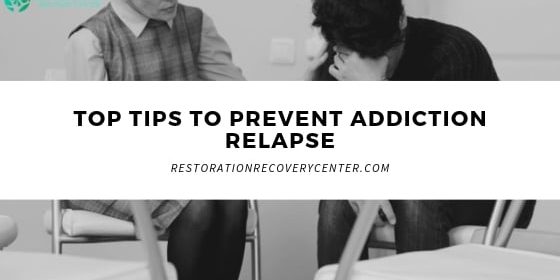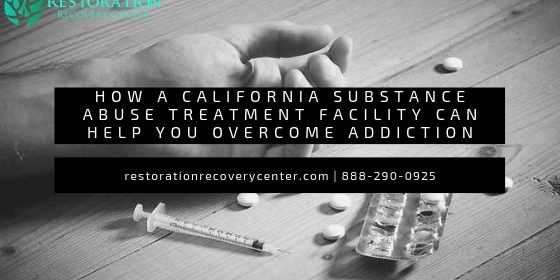Bipolar Disorder: What It Is and Isn’t
According to the National Institute for Mental Health (NIMH), 2.8 percent of adults had bipolar disorder in the past year, and they estimate that 4 percent of people in the United States experience bipolar disorder at some point in their lives.
Some argue that the disorder is overdiagnosed, yet some say it is often mistaken for depression. The correct diagnosis is essential to treat this potentially devasting disorder effectively.
What Does It Mean to Be Bipolar?
Bipolar disorder, formerly known as manic-depressive illness, is a brain disorder that causes unusual shifts in mood, energy, activity levels, and the ability to carry out day-to-day tasks.
Everyone has mood swings from time to time. But with bipolar disorder, the changes in mood and energy level are much more intense. They can last for several days or weeks and profoundly affect a person’s life.
Bipolar disorder is not easy to spot when it starts. The symptoms may seem like separate problems and may not be recognized as parts of a more significant problem. In addition, because no two people experience bipolar disorder precisely the same way, it can be hard to diagnose.
If you think you may have bipolar disorder, see your doctor or mental health professional. You can lead a full and productive life with proper treatment, which may include medication and psychotherapy.
Symptoms
As with many mental health disorders, symptoms of bipolar can present differently in different individuals. Therefore, diagnosis can be complicated, especially with co-occurring substance use disorders. However, some common signs and diagnostic criteria that mental health professionals use to prescribe appropriate treatment include:
- Mania: During a manic episode, symptoms may include feeling invincible, needing little sleep, talking excessively, and engaging in risky behaviors. These symptoms can consist of feeling excessively happy or excited, feeling like one has unlimited energy. Mania can also lead to psychotic symptoms such as hallucinations and delusions. People in manic episodes are not aware of the consequences of their actions. Emotions and moods can change rapidly and without warning. It is helpful to look back at manic episodes to discern behavioral red flags.
- Depression: Bipolar disorder depression can be very debilitating, making it difficult to function in day-to-day life. Symptoms of bipolar depression include changes in sleep patterns, appetite, energy levels, and concentration. People may also experience feelings of hopelessness, worthlessness, and guilt. These symptoms must be present for two weeks or more to be diagnosed.
Different Types of Bipolar Disorder
In diagnostic terms, bipolar disorder is divided into four categories. Unfortunately, individuals with the condition may fluctuate in criteria, and misdiagnosis is common. That is why it is essential to see a professional if you or someone you know is experiencing these symptoms:
- Bipolar I: Bipolar I requires that the person experience at least one manic episode each day for seven days or greater to be diagnosed with this condition. Depression is not necessary for a Bipolar I diagnosis.
- Bipolar II: Bipolar disorder II can be identified by depressive episodes interchanged with hypomanic episodes but no full manic episode.
- Cyclothymia: Those with cyclothymic disorder experience mood shifts ranging from mild depression to hypomania. The average length of time a person has this syndrome is two years, but episodes last less than eight weeks.
- Bipolar disorder “unspecified”: People who do not meet the criteria for bipolar disorder can still experience periods where their moods change significantly. These are called “bipolar episodes,” and they may be more common than we think, even if you don’t have a history or symptoms consistent with this illness.
Treatment for Bipolar Disorder
Bipolar disorder is a long-term condition that needs ongoing care. The good news is that the disorder can become much easier to manage with proper medical attention alongside medications and lifestyle changes. What works?
- Psychotherapy: Therapeutic modalities such as cognitive-behavioral therapy (CBT) and dialectical behavioral therapy (DBT) have been shown to help reduce symptoms in people struggling with bipolar disorder.
- Medication: Medication is often the first-line treatment for bipolar disorders. Mood stabilizers such as Lamictal and Lithium are commonly prescribed. Antipsychotic, antidepressant, and anti-anxiety medications are usually included in a treatment plan.
How Lifestyle Changes Can Help
While medication and psychotherapy have shown the most promise in treating bipolar disorder, lifestyle changes can be incredibly effective in reducing the frequency and intensity of symptoms.
- Good nutrition: Eating whole, unprocessed foods and plenty of dark leafy greens give your brain and body the necessary nutrients to function.
- Drinking enough water: The human body is around 60% water and needs water for essential functioning. Not drinking enough water leads to low energy, sluggish brain activity, and decreased motivation.
- Keeping a journal: Recording manic and depressive episodes helps identify triggers and gives you insight into how the disorder is affecting your life.
- Exercise: Move your body daily as much as you can. For example, walking is a simple activity that can reap numerous rewards, such as lowering blood pressure and maintaining a healthy weight.
While there is no cure for bipolar disorder, help is available. With the right combination of therapy, medication, and lifestyle changes, individuals with bipolar disorder can live full and happy lives.
Bipolar disorder, formerly called manic depression, is a mental illness that causes dramatic shifts in mood, energy, and activity levels. People with bipolar disorder experience extreme highs, called mania or hypomania, and lows, or depression. These episodes can last for days, weeks, or even months and can be highly debilitating. Diagnosis of bipolar disorder requires professional assessment. Although there is no cure for bipolar disorder, it is treatable with medication and psychotherapy such as CBT and DBT. Lifestyle changes such as good nutrition, exercise, and journaling, also help maintain stability and foster wellness. People with bipolar disorder can lead happy and fulfilling lives with proper treatment. Restoration Recovery Center can help. To learn more about bipolar disorder, whether or not you may meet the criteria for diagnosis, and how to find effective treatment, call Restoration Recovery Center today at (888) 290-0925.






